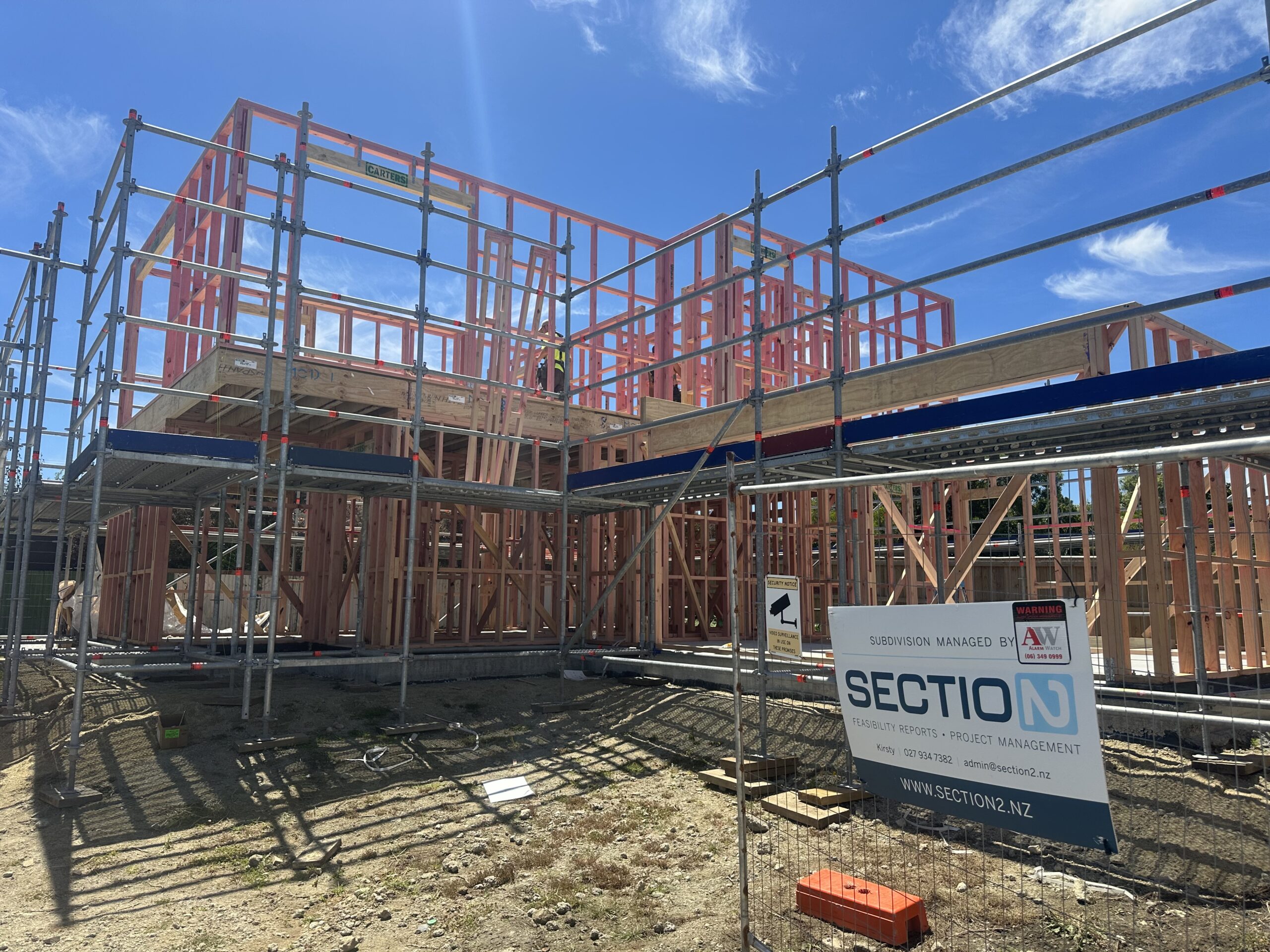Hooray, your resource consent for your new subdivision is approved, now what? Many people make it through the first hurdle of gaining approval to subdivide their property but struggle with the next phase in the process.
Why Understanding Your Resource Consent is Important
The conditions in which your subdivision has been approved to are extremely important, as this is what you need to do in order for council to sign off your subdivision and issue a 224 certificate. Now, some of the conditions on there seem scary, but actually aren’t. And some seem pretty simple, but are actually vitally important and not following correctly may cost you a lot of money.
Following the Conditions of Your Resource Consent
Service installation is almost always guaranteed to be part of the conditions (unless potentially on a rural subdivision). This refers to your 3 waters, power and telecommunications. Three waters are fairly straight forward with the right contractor, just make sure they are a council approved contractor, see list here. Power needs to be applied for by a Powerco approved agent. Just because there are powerlines running past your property doesn’t necessary mean getting a new power pillar installed will be an easy and cheap exercise. There are a lot of factors that dictate pricing. Fibre is handled by Tuatahi fibre, the earlier the better, so they can work in with other contractors whilst trenches and the like are open.
Next up, Vehicle Crossing and ROW design. Both very are important. A vehicle crossing needs a permit, and must be lodged with WDC and approved prior to a registered contractor completing the crossing. Likewise, a right of way, the design needs to be submitted to council and approved prior to any work commencing. Completion certificates must also be provided to council in the form of schedules 1a,1b and 1c. Retrospectively trying to gain approval for a ROW can be a time consuming and costly exercise. Especially if it hasn’t been constructed to the appropriate specifications. Section2 can take care of both of these, so please reach out if you need help.
There will be other conditions that are specific to every site, and differ from one subdivision to the next. Often this can be around depression areas, stormwater neutrality, wastewater pumping, onsite vehicle manoeuvring and finished floor levels for a dwelling. All vitally important to your final goal, whether it be selling as a section only or choosing to develop on it. These implications need to be understood accurately to not leave yourself exposed later on down the track. So if in doubt, please ask!
Lastly, the land transfer part of a subdivision MUST be completed by a licensed cadastral surveyor. This is the physical survey field work as well as the documentation that is lodged to LINZ which forms the legal part of any land transfer. Our friends at Harrison & O’Sullivan surveyors can sort all of this for you.





